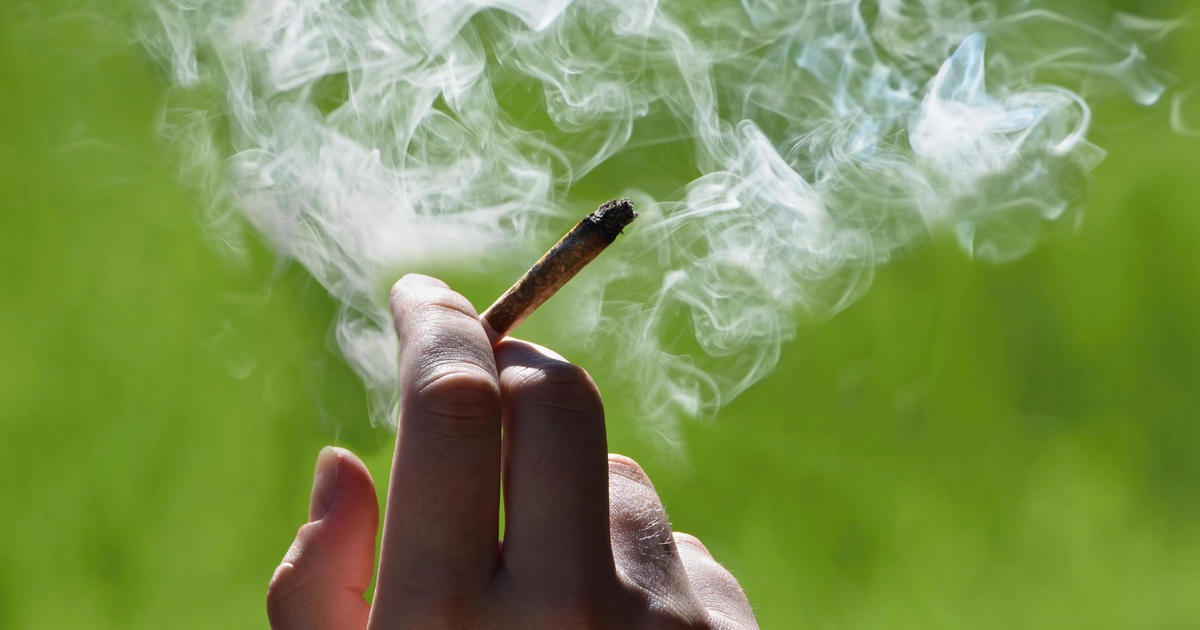Which Lunch Bag Will Keep Kids' Food Safest?
MINNEAPOLIS (WCCO) -- Thinking back to our school days, we brought lunch at one time or another and maybe traded a few items with our friends.
But now that we're adults packing those lunches for our kids, we don't want to trade their safety for convenience. So do those brown paper bags cut it? Do their more expensive, more insulated antecedents?
If you want to make sure the lunch you made for your youngster stays fresh between the time you packed it and the time they eat it, check the temperature.
"Science has been very definitive in telling us if you keep it below 40 (degrees), you're going to be safe," said Dr. Francisco Diez-Gonzales, professor of food safety at the University of Minnesota.
WCCO checked not just lunch bags prepared the old-fashioned way, but also packaged identical meals in some of the newer models. In all, we made four identical lunches and packed them in two types of insulated bags, a non-insulated lunchbox, and a plain-old plastic bag.
After chilling overnight in the fridge, we took them out and left them on the counter in a 74-degree apartment. Four hours later, we checked the temperature of the food.
The coldest temperature we measured on the yogurt among all four containers was still above 60 degrees.
"At that temperature you can envision there will be plenty of bacterial growth really rapidly," said Diez-Gonzales.
We went on to check the sandwiches, grilled chicken, and string cheese that were packed in each bag, and the results were similar. While the gray, $8 insulated bag kept all of the lunch items the coolest, every container failed the 40-degree test. That's after just four hours at room temperature.
With each passing hour, Diez-Gonzales says that the chance of getting sick grows exponentially.
Here is a chart showing the various readings we got from our test lunches.
While the science of food safety really hasn't changed since we all were bringing our lunches to school, our tastes have.
"Things have changed in the last few years. We have seen a number of new emerging pathogens," said Diez-Gonzales. "For example, no one used to eat ground turkey. Now, ground turkey has become mainstream and we've had an outbreak with salmonella."
Diez-Gonzales says that there are some lunch foods you can pack without a second thought, such as most fruits and vegetables, cereal-based foods like granola bars, and good old-fashioned PB&J.
One potentially surprising thing to note: Yogurt is safe to eat even at room temperature. It's acidic enough that most harmful bacteria won't grow.




